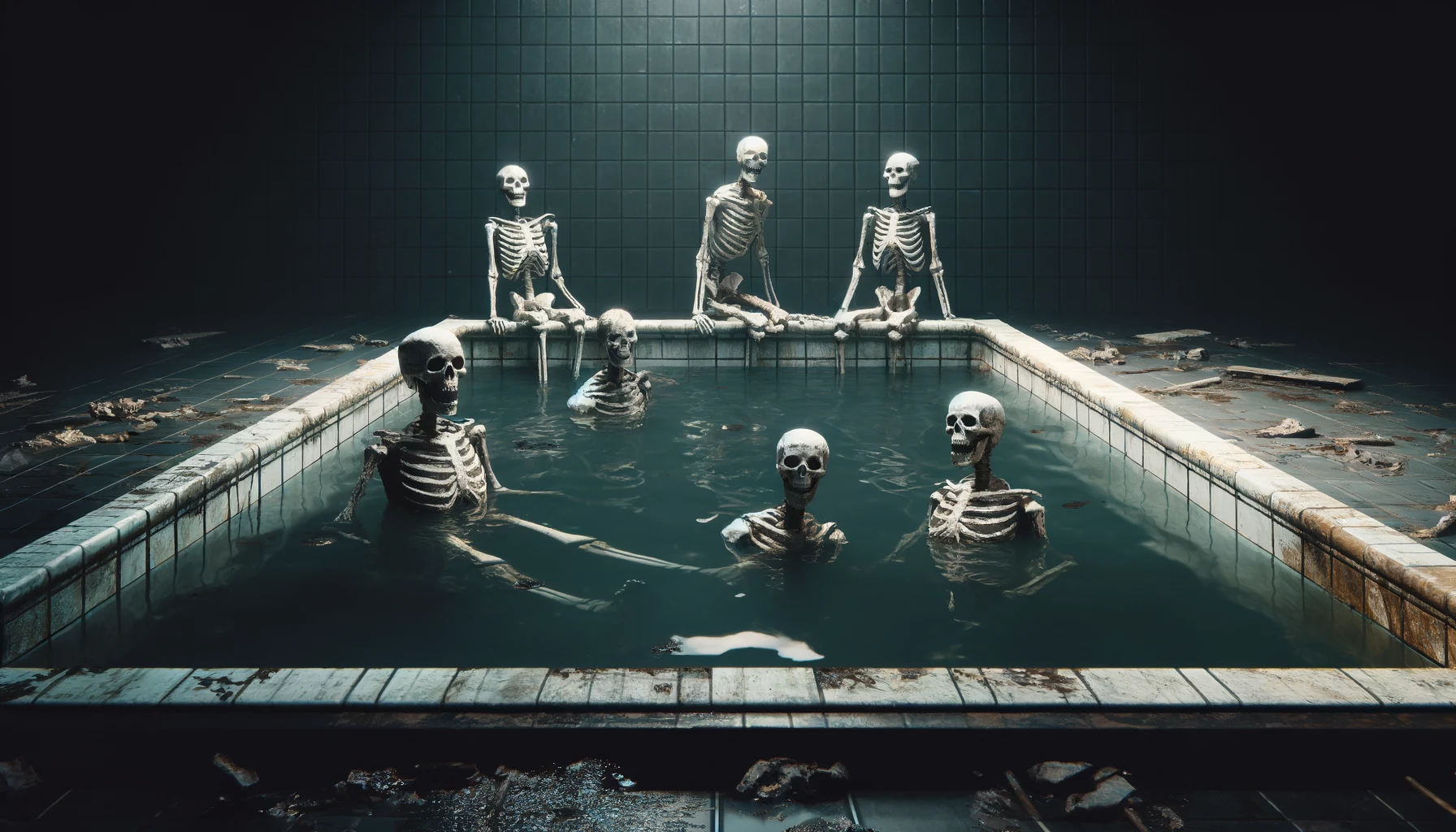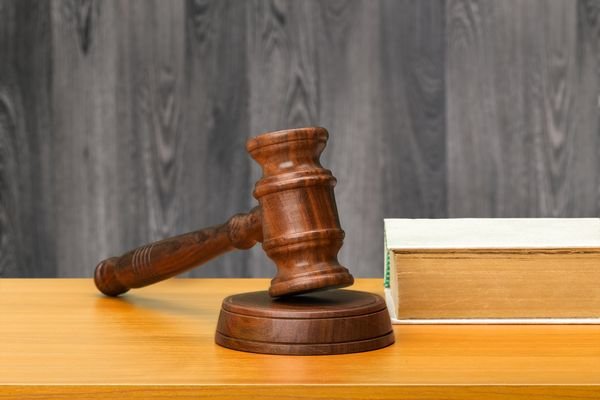Dublin’s Land: NYT Coverage of Real Estate
Dublin’s land has a long and rich history. It goes back to the first people who lived there, telling

Dublin’s land has a long and rich history. It goes back to the first people who lived there, telling the story of how the city started.
The city is along the River Liffey, which made it a good place for the Vikings to settle because it was great for trading. Over time, the city’s land changed. Farms turned into towns as new people came and built homes.
In the 12th century, the Normans came and left a big mark on the land. They built castles, churches, and strong walls.
This changed the open land into a more crowded city. What was once small villages grew into a busy medieval town. It became the Dublin we know today. Even walking around today, you can almost feel the old history beneath your feet.
Dublin Grows: Urban Life and Development
As the years went by, Dublin started to grow fast. This was because of urbanization, which means people moved from farms to the city.
The Industrial Revolution helped change many parts of Dublin into places where people worked. Factories, railways, and houses started to appear on what used to be farmland.
The working areas grew quickly, and many homes were built close to jobs.
But the growth didn’t stop there. Dublin’s population kept rising, and with more people came the need for new buildings and roads.
More bridges were built over the River Liffey. Roads reached out to nearby towns and villages. As the city grew, its outer parts also became part of the city.
The land became a mix of homes, factories, and shops, and the city kept getting bigger and bigger.
How Dublin Uses Land Today: Keeping History and Adding New Ideas
Now, Dublin has to manage its land carefully. The city needs to protect its old, beautiful buildings while also making room for new ones.
The Georgian-style buildings are a big part of what makes Dublin special. But with the growing need for houses and shops, it’s hard to find the right balance.
Tall, modern buildings are now built beside older ones. You can see this in places like the Docklands, where old warehouses have turned into shiny tech offices. This shows how Dublin is trying to hold on to its past while moving into the future.
City planners have a big job to do. They must make sure Dublin stays true to its roots, even as it grows and changes.
Dublin’s Real Estate Market: How It Affects Land Prices
In the last few years, the price of land in Dublin has gone up a lot. This is because Dublin has become an important place for tech companies in Europe.
Many of these companies have set up their offices in the city, which has made the demand for land very high. Because of this, Dublin now has one of the toughest property markets in Europe.
For the people living in Dublin, this means the price of homes has gone up. Areas close to the city center, which were once cheap, are now expensive.
Old houses are being changed into modern flats or offices. At the same time, the outer areas of Dublin are growing fast. New homes are being built to help with the growing number of people living there.
This rise in land prices has brought both good and bad. For those wanting to invest, it’s a good market. But for many Dubliners, it’s become hard to find homes they can afford.
The government has started programs to help with this problem. But there is still a lot of pressure because so many people want to live in the city.
Big Land Projects and Changes in Dublin
In recent years, Dublin has seen many big land projects. One of the most important changes is the Dublin Docklands. It used to be an old, forgotten industrial area.
Now, it’s been changed into a modern tech hub. Some of the biggest companies in the world have their offices here. This area shows how fast Dublin is growing.
Another big project is the creation of green spaces across the city. Parks like St. Stephen’s Green and Phoenix Park are very well-known.
But Dublin is also making smaller parks in local areas. These parks give people a place to relax and enjoy nature. They help make the city feel less crowded.
Dublin is also working hard on improving its transport system. The Luas tram system has made it easier to get around. The city is also adding more bike paths and walking areas. This is part of Dublin’s plan to be a greener, more friendly place to live.
The Green Change: Using Land in a Better Way
Dublin is now focusing a lot on using land in a way that is better for the environment. Many new projects are using eco-friendly designs.
This means that buildings are being made in ways that help the planet. There are parks that help clean the air and provide healthy places to be.
New buildings must follow strict environmental rules. This helps make sure Dublin’s growth doesn’t harm nature. Solar panels, green rooftops, and systems that save energy are now common in Dublin’s new plans.
Another important thing is the idea of urban gardening. People living in apartments are starting to use community gardens.
These spaces allow people to grow their own food and connect with nature. This helps make Dublin greener and also builds stronger communities.









